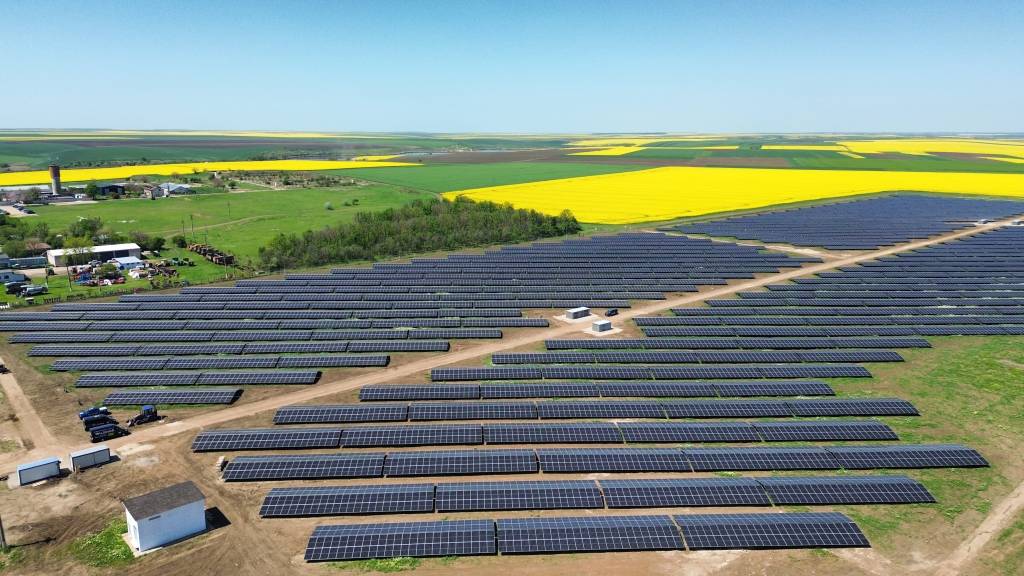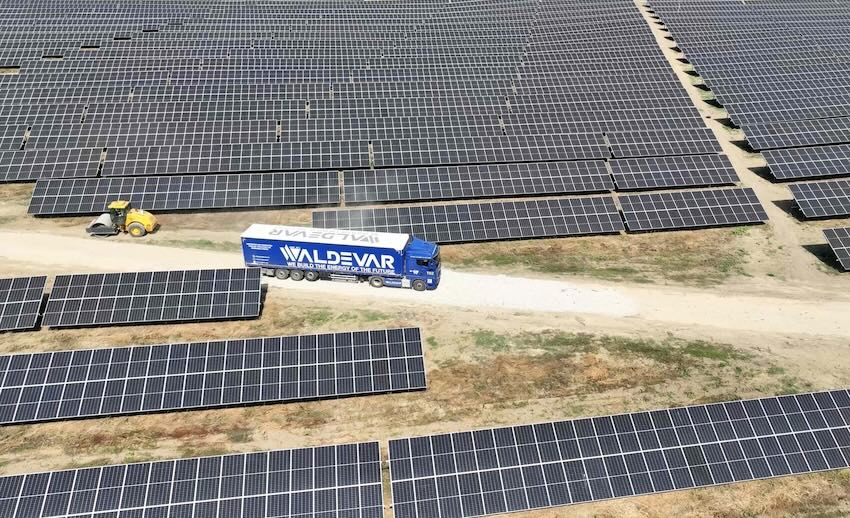Hydropower market challenges, discussed within the Romanian HydroPower Energy Summit
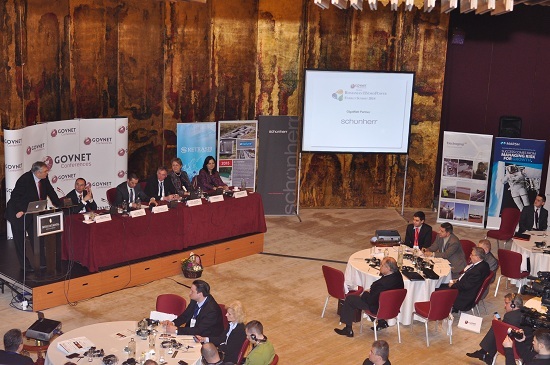
In a sector with a potential too little exploited, whose development is braked by a very intricate legislation and which is burdened by taxes such as the one on the water used or the lease price for low river beds, the Romanian HydroPower Energy Summit brought to the fore all these issues the professionals in this sector face and rang the alarm bells within regulatory authorities, though almost non-existent at governmental level.
Back to normal – the law approving the EOG no. 57/2013 will come into force soon
Probably the most pressing issue for green energy producers seems to eventually settle. While attending the Summit, Silvia Vlasceanu, General Director of the Romanian Energy Utilities Companies Association ACUE and counselor in the Committee of Industry and Services within the Chamber of Deputies, said that: ”It is a matter of days until the law approving the ordinance no. 57 will be promulgated and published in the Official Gazette”(...) Things will settle down once the law will come out.(...) From March on, everything will probably go back to normal”.
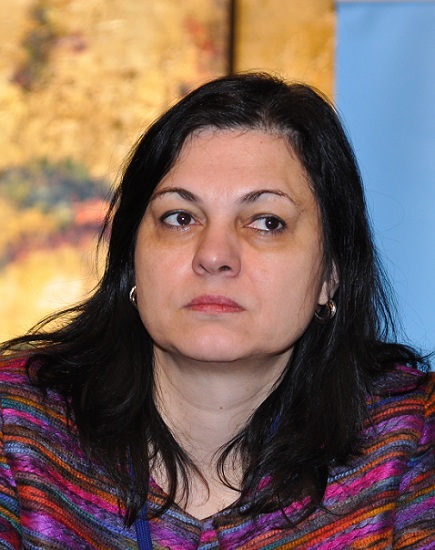 At this point, all renewable energy
producers, not only those in the small hydropower field are affected by two
regulations which overlap after the law in question was not promulgated by the
President. Hence, the provisions of the Ordinance no. 57/2013 which stipulates
that a quota of green certificates is postponed until 2017, 2018, respectively,
coincide with those of the Government Decision amending the law 220/2008,
recently modified. As Govnet has
previously explained, as per the said law, effective as from January 2014, the
support-scheme is reduced, cutting the amount of green certificates destined to
those producing energy in new small hydropower plants, solar or wind parks who
have received permits since the beginning of the current year. Therefore, with
that law not promulgated and Basescu’s re-examination request, the new entrants
in the hydropower market were hit from both sides. It is due to the fact that
the ordinance issued last summer failed to mention that under its provision are
only projects authorized by the end of the past year.
At this point, all renewable energy
producers, not only those in the small hydropower field are affected by two
regulations which overlap after the law in question was not promulgated by the
President. Hence, the provisions of the Ordinance no. 57/2013 which stipulates
that a quota of green certificates is postponed until 2017, 2018, respectively,
coincide with those of the Government Decision amending the law 220/2008,
recently modified. As Govnet has
previously explained, as per the said law, effective as from January 2014, the
support-scheme is reduced, cutting the amount of green certificates destined to
those producing energy in new small hydropower plants, solar or wind parks who
have received permits since the beginning of the current year. Therefore, with
that law not promulgated and Basescu’s re-examination request, the new entrants
in the hydropower market were hit from both sides. It is due to the fact that
the ordinance issued last summer failed to mention that under its provision are
only projects authorized by the end of the past year.
As a consequence, there has been seen an important decrease in the number of requests submitted to ANRE (the Romanian Energy Regulatory Authority), as Silvia Vlasceanu also noticed: We have lost, indeed, two months, which created new concerns in the market, because these days, according to regulations both the ordinance no. 57 and the government decision are effective.(...) This fact has also been visible in the small number of permits requested to ANRE within this time frame”.
Now, after the Parliament rejected the President’s request, the promulgation is expected to be made in the shortest time, so, at least from this point of view, waters should be less troubled.
On the other hand, Silvia Vlasceanu pointed out the necessity of a sustainable energy strategy, in line with the reality in this sector: ”The fact is that currently we do not have an energy strategy in Romania and this situation is unfortunately reflected inclusively by the level of investments in this sector. We do have potential, but the investors’ enthusiasm has dramatically dropped lately”.
What comes next?
Apart from the temporary reduction of the quota of green certificates, the argued law also includes two other aspects of great importance to developers of small hydropower projects, as Zoltan Nagy, member of the ANRE’s Board outlined: “Since now, refurbished hydropower plants mean all power plants in which there are some investments and these power plants receive two green certificates for ten years. The difference between the old definition and the new definition is that if you built a completely new power plant on an old location, it would be considered as a refurbished power plant, not a new power plant”.
The other issue is related to the annual obligatory renewable energy quota which benefits from the support-scheme and that from 2014 on will be set annually by the Government based on the ANRE’s proposals. Initially there has been set a gradual increase of this quota by 2020 when it was expected to reach 20 percent. Yet, since last year the 14 percent quota was only partially achieved (about 11.5 percent), for the current year it is very likely to establish a smaller one.
”The impact of reducing the annual obligatory renewable energy quota will have as a first effect the achievement of this quota and as a consequence, an oversupply of green certificates in the market because in the green certificates quota set for the suppliers, there will also be included the green certificates up to that level of the obligatory quota”, Zoltan Nagy explained.
 He further stated that
it is difficult to discuss about the impact value of this change, however he provided an
example in order to help getting an idea: ”To
make a simple calculation, just as an example, while for 11.5 percent reached
last year there were issued about 10 million certificates, depending on the
amount of energy produced under support and on the difference between the level
achieved and the obligatory quota, the number of green certificates resulting
from subtracting the achieved level from the obligatory level will not be sold.
For instance, if we reach 14 percent, it means some 13-14 million green
certificates. If the quota will consist of 10 million, the remaining green
certificates will not be sold, but those 10, meaning that approximately 20-25
percent of the certificates are not for sale”.
He further stated that
it is difficult to discuss about the impact value of this change, however he provided an
example in order to help getting an idea: ”To
make a simple calculation, just as an example, while for 11.5 percent reached
last year there were issued about 10 million certificates, depending on the
amount of energy produced under support and on the difference between the level
achieved and the obligatory quota, the number of green certificates resulting
from subtracting the achieved level from the obligatory level will not be sold.
For instance, if we reach 14 percent, it means some 13-14 million green
certificates. If the quota will consist of 10 million, the remaining green
certificates will not be sold, but those 10, meaning that approximately 20-25
percent of the certificates are not for sale”.
Asked about the overcompensation report, Nagy has not exluded the possibility of ANRE suggesting some extra green certificates to be added to the current support-scheme, after assessing the last year’s changes: ”Given all the taxes that were introduced, those within Europe regarding the solar panels or other taxes domestically enforced, the price variation for both green certificates and energy, the certificates which got postponed, absolutely all these aspects will be considered and yes, theoretically, we can obtain some rates of return lower than those agreed by the Commitee, the referencing ones, and in theory our proposal could be even to increase the number of green certificates, but we are not those who make such decisions”.
As for the feed-in tariff, awaited by all producers of green energy in power plants with an installed capacity below 1 MW or 2 MW for biomass cogeneration stations, there is not any certainty with respect to the date when it will eventually come into force. All the same, the most optimistic deadline is this summer, namely June 2014, but only provided the EU Commission approves next month the proposals ANRE sent in early-December 2013. Once received the commission’s approval, ANRE needs other two or three months for effectively introduce the fixed tariff which is an alternative to green certificates.
Few investors, much regulation
Unlike the other fields of renewable energy, the hydropower segment has not seemed to be so interesting to investors as the solar or wind industry have, although Romania has a long tradition in this area. Despite its overall contribution to the electricity production, the investments in small hydropower projects are significantly reduced compared to the other fields. So, while in Romania there are wind turbines with a total installed capacity of some 2500 MW, solar parks of over 1100 MW, the small hydropower stations built by the end of 2013 have a power capacity of only 530, the obvious question arising being ”why is that, where are investors?”.
There are some trying to overcome all the challenges the development of a hydropower project supposes, though, unless there will not be seen some visible efforts from behalf of the authorities, mainly from the governmental structure, Romania is very likely to lose even those who have not left up to this point. And it would be a pity to leave this extremely important energy sector without exploiting its full potential.
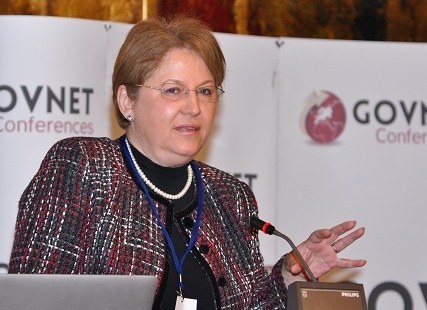 Its importance was highlighted
by Carmen Neagu, member of Transelectrica’s Board:”Hydro energy plays a major
role, it accounts for about 28 percent (of the electricity production) and
looking back at the past years, in the driest year, 2012, Hidroelectrica could
cover 20 percent of the domestic production. Hydropower stations give the
country a great advantage, it is a resource Romania must intelligently exploit
and on the other hand, it stays as an extremely good solution for ensuring the
adjustment of the tertiary reserve. (...) Developing and maintaining the
current techonological level and growing these capacities in terms of
flexibility should be, I believe, a priority in developing investments in the
hydro energy field.”
Its importance was highlighted
by Carmen Neagu, member of Transelectrica’s Board:”Hydro energy plays a major
role, it accounts for about 28 percent (of the electricity production) and
looking back at the past years, in the driest year, 2012, Hidroelectrica could
cover 20 percent of the domestic production. Hydropower stations give the
country a great advantage, it is a resource Romania must intelligently exploit
and on the other hand, it stays as an extremely good solution for ensuring the
adjustment of the tertiary reserve. (...) Developing and maintaining the
current techonological level and growing these capacities in terms of
flexibility should be, I believe, a priority in developing investments in the
hydro energy field.”
She also punctually emphasized the importance of the Tarnita project for which a joint effort should be paid so as to eventually finalize a strategic plan that despite several postponements should be carried out, reaffirming once again the support Transelectrica is ready to provide in view of developing the hydro energy market.
Although a positive signal, professionals in the hydropower industry firstly need a more stable and predictable legislation, the keywords among the hydro projects developers attending the conference. While the issues related to the green certificates support seem to be finally sorted out, there remain various taxes such as that on the used water, the tax on special constructions, or the lease price of the areas in the low river beds which burden the producers.
”The legislative frame which is deeply wrong shows its negative outgrowth at this point. These costs which cannot be borne by the electricity producers diminish in the first place the investment capacity - which is very important - also, reduce the investment capacity for refurbishments that have to be done, and thirdly, they disappoint possible investors who, when assessing the situation, in the feasibility study for new investments, are definitely looking at this aspect”, Rodin Traicu, member in the Chamber of Deputies and member in the Commitee of Industry and Services within the Chamber, stated.
Besides these, the recent project concerning the exclusion zones in protected areas causes further instability and brakes the development of such projects. Based on a protocol concluded between the Department for Waters and Forests inside of the Ministry of Environment and World Wide Fund for Nature foundation, there will be defined some exclusion and some unfavorable and less favorable areas to the construction of small hydropower plants. So, since the beginning of the current month and until those areas will be established – the deadline is May 31, 2014 – all approvals and permits for setting up small hydropower and hydroelectric stations in protected areas are suspended, the investors lacking certainty that their projects are sustainable and they can be successfully completed.
”No drama, and be optimistic!”
That is the message Rodin Traicu sent to those involved in developing hydropower plants, but for waters to calm there is an acute need for more than moral support. They are looking for something concrete, and while the Summit rang the alarm bells amidst the attendee, authorities and hydro energy professionals, altogether, the Romanian Small Hydropower Association aims to continue what has been started, supporting this initiative, so as to possibly create the best environment for investments become beneficial to both the domestic energy sector and to those willing to build a business in the hydro energy field.



